If you think that electric propulsion for boats is still fantasy, you are absolutely wrong. In fact, the new Greenline 40 Electric Drive marks a milestone in the development of this concept, delivering a trawler that is not only capable of being effectively used every day, but also of dramatically reducing the running costs of yachting.
Important statements that deserved to be verified first-hand. Which is why we drove to Portorož, Slovenia, to test the Greenline 40 Electric Drive in one of the three Test Centres that Greeline Yachts has around the world.
Greenline 40 Electric Drive Sea Trial
On our arrival, the Greenline 40 is there waiting for us, side-moored in the Grenline-reserved area of the marina. It is quite large for a 40-footer, and the generous volumes immediately underline the primary feature of this craft which, it is evident, is designed to be a perfect displacement “family cruiser”.
The ample space available in the bow, on the main deck and below deck, undoubtedly emphasize how it is possible to have, in just 12 metres, everything a family of 4/5 people needs for long-range cruising, in total comfort, with near-zero environmental impact and truly minimal costs.
The two 40 kW/h batteries are charged, the instrumentation reads 97%, we unplug the dock cable from the column, and we are ready to cast off the moorings. The electronic throttles are very precise and it is easy to get out of this corner berth. One blow to the bow thruster and we are off: a piece of cake!
Out of the marina we go in absolute silence, our Greenline 40 Electric proceeding steadily on its course, without rolling, thanks to the stabilizers fitted as standard by the yard. At 5.4 knots we have a range of around 44 miles, which would be much more than we need to travel from one port to another on summer cruises, or simply to go for a swim in our designated anchorage.
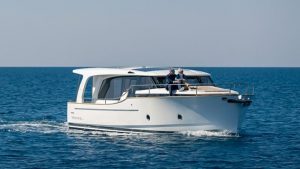
The unit we’re testing today is optimized even in terms of weights, which is why it does not have a teak-finished teak. The latter, however, can be installed on demand, choosing from the wide range of customizable options available.
At around 7 knots, a very respectable cruising speed, consumption is around 20 kW and the range drops to 25 miles, which, all things considered, is still a nice range for cost-free cruising.
At 8 knots, i.e. already cruising above its theoretical hull speed, instantaneous consumption is around 35 kW and the range drops to just under 20 miles, while at full throttle the Greenline 40 reaches 11 knots, although, in my humble opinion, this is not the point of this boat, which is resoundingly made to cruise, which it does very well indeed, in displacement mode.
While we are 
What’s more, the shipyard offers the possibility of building the best configuration the owner prefers, depending on the intended use.
What would be mine? Well, since I spend a month at sea every year in addition to the weekends, rarely entering ports, I would opt for the installation of a generator, strictly variable speed, of about 15 kW. Modern yachts are extremely compact, the average consumption would be between 2 and 4 litres/h, and the range would therefore be unlimited, even between 6 and 7 knots.
But I’m a bit extreme, I realize that, the vast majority of families who go cruising choose to spend the night in port so, in this case, all you have to do is plug in the quayside socket and the next day you are off again with 100% batteries, without even turning the generator on.
Even when at anchor, this Greenline 40 Electric shows great qualities. In fact, the yard has optimized all on-board consumption so that the panels alone are able to carry all the necessary load. There are two air conditioners, assuming there is a need for them given the large number of windows available, divided between the main and the lower deck, each with a consumption of 700W. The fridge is another great masterpiece, it is a domestic type (therefore huge) and consumes only 200W.
In short, a great way of going to sea, Greenline Yachts has created a system that borders on perfection and brings “green” yachting within everyone’s reach.
The Greenline 40 Electric in detail

Safety is also an important factor, which the yard has developed well on board this boat. All the side-decks, walkways and open surfaces, including those in the bow, are wide and protected by generously sized stanchions, raised handrails and checkrails.
The overall design of the Greenline 40, as we said, is devoted to comfortable stays at sea. Climbing on board from the stern we are greeted by a large cockpit which, by tilting the aft hatch, creates a single environment with the interior of the boat spread out over one huge level. Noteworthy is the galley that overlooks the cockpit, creating a wonderful convivial area and, implicitly, taking the cooking fumes out.
The main deck 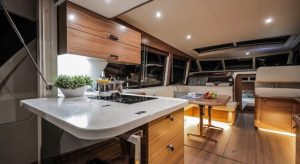
Descending into the sleeping area we find a large master cabin with a central bed in the bow, of almost unthinkable dimensions for a 40-footer. In fact, it has private access to the head, large wardrobes, a walking surface and also allows you to sleep on a king-size bed with your head facing forward.
Completing the lower deck is a second twin-bedded cabin, also generously sized, and a very large head with a separate shower stall.
In the bow, a huge sundeck takes advantage of the deckhouse rise to provide space for sunbathing. A worthy finishing touch to a boat that has been thought out in every detail by Greenline Yachts.
Performance
| Speed in kn | Power in kW | Range in nm |
| 1.8 | 0.7 | 103 |
| 3.2 | 2 | 96.4 |
| 4.1 | 3.9 | 67.1 |
| 4.4 | 5.3 | 58.1 |
| 5.4 | 8.6 | 43.9 |
| 6.1 | 14.9 | 30.3 |
| 6.9 | 19.5 | 25.1 |
| 8 | 34.8 | 17.3 |
Technical Specs
LOA | 11.99 m |
Width | 4.25 m |
Min Height | 2.85 m |
Unladen draft | 0.85 m |
Unladen Weight | 8,000 kg |
Fresh Water Tank | 400 l |
Black Water Tank | 80 l |
Cabins | 2 + salon |
Max Berths | 4 + 2 |
Toilets/Heads | 1 |

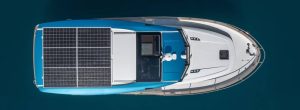




















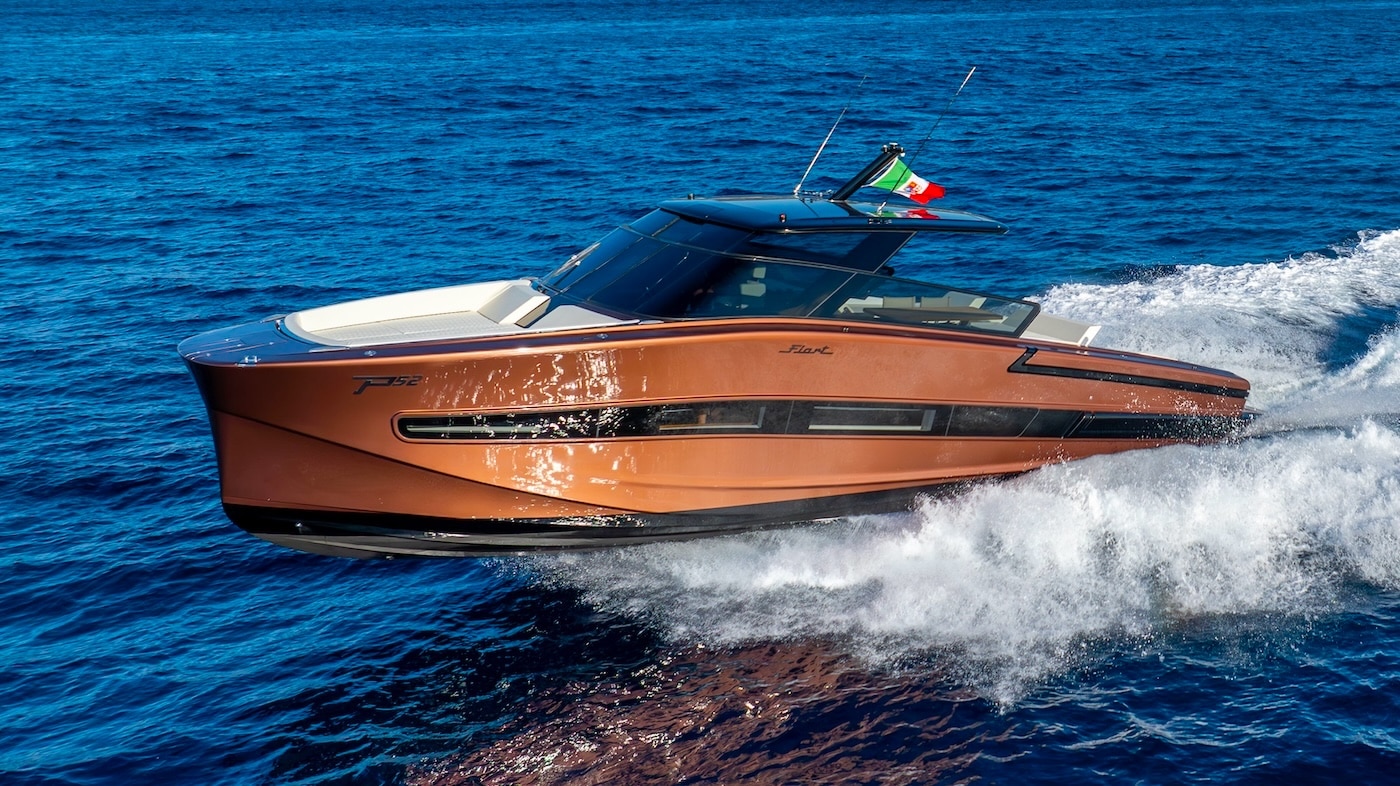
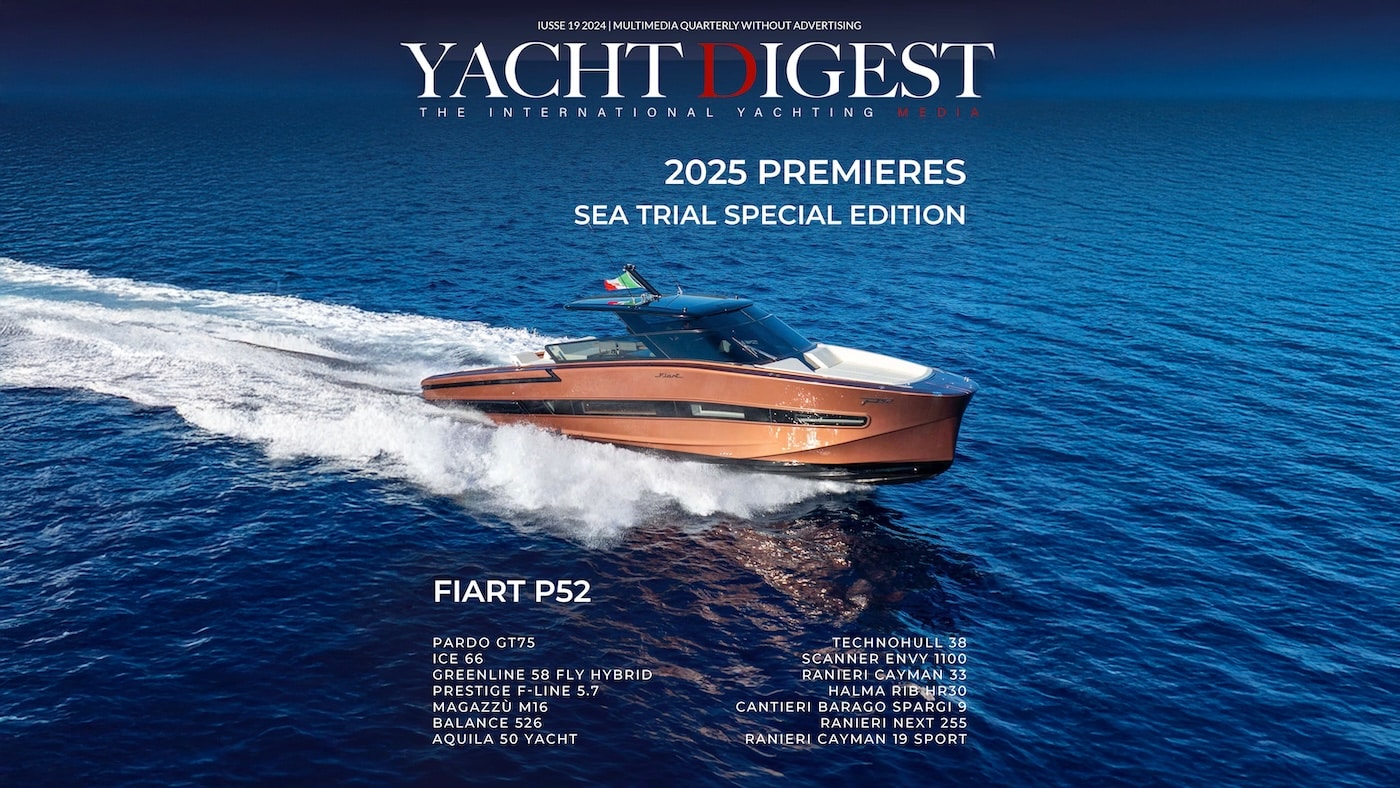



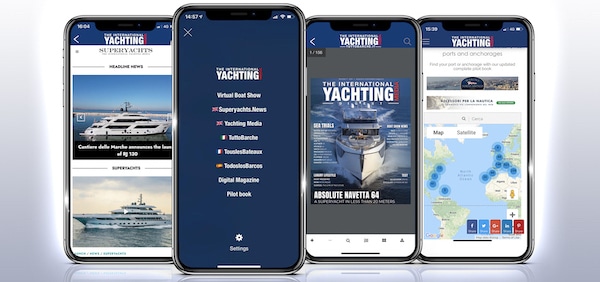
One Response
Seems that by nearly doubling the solar panels from 6 to 11 and eliminating the sunroof opening (open windows being enough) the solar range would dramatically be increased. Is there a forever range to compete with sails and at what speed? I love the idea of a forever range that doesn’t use fossil fuels. Thanks for the green direction you’re in.